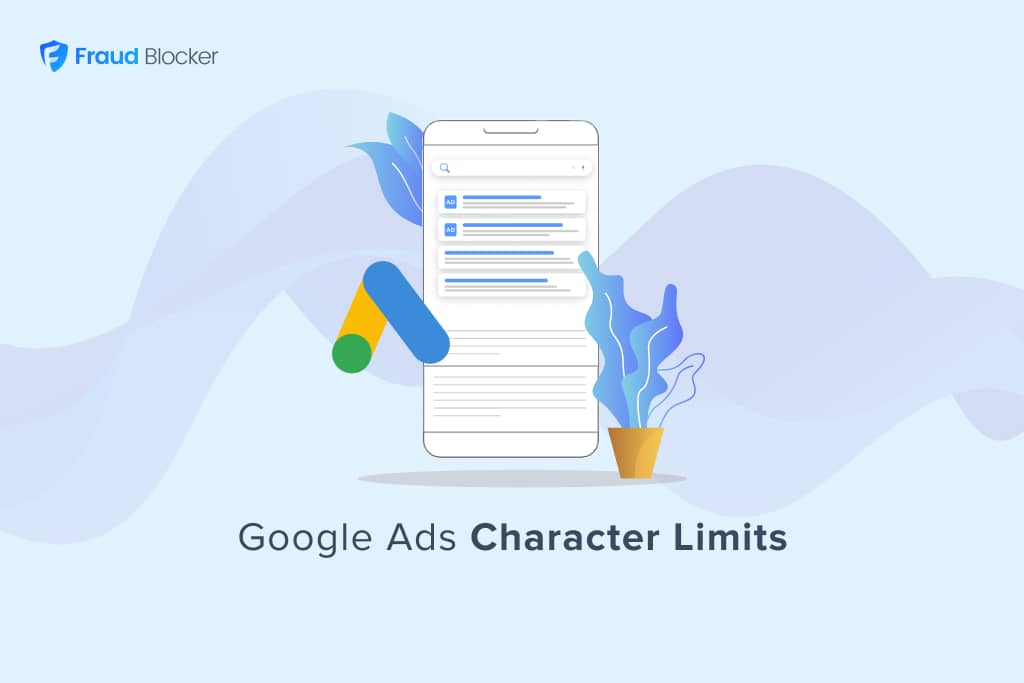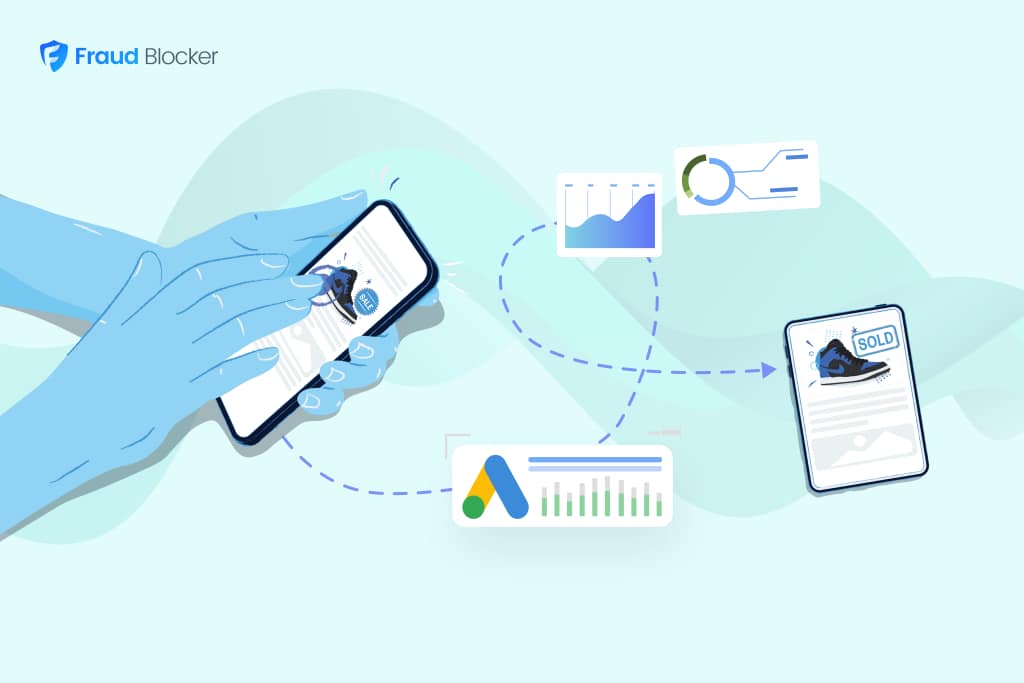
NEW New feature: Verify & block fake emails

We improve your ad performance by blocking click fraud and fake emails

Click fraud is costing advertisers billions in loses. Learn more here.

Click fraud is costing advertisers billions in loses. Learn more here.

Google Ads provides massive reach with incredibly detailed targeting. You can choose from a wide range of ad formats, which can be exciting or scary depending on your knowledge and experience with the platform.
Understanding how to best use Google Ads character limits is one of the most important (and overlooked) areas to improve your campaign performance. This article will help you understand these limits and optimize your ads to capture attention and drive conversions.
Google Ads sets specific character limits across their various ad formats to maintain a consistent user experience. These limits include constraints on headlines, descriptions, and other elements of your ads. Working and optimizing within these limits is essential to getting the most out of your ads and campaigns. Let’s start by looking at the specifics by ad type:
Responsive search ads allow you to create ads that adapt to show more text and more relevant messages to your customers. The character limits for responsive search ads are as follows:
Display ads can be more flexible, but text overlays and call-to-actions still have character limits. Here are the basic constraints:
Video ads on Google Ads can vary widely in format and placement, but here are the general limits for text overlays and descriptions:
Performance Max campaigns are designed to maximize performance across all Google Ads inventory. Here are the limits:
App campaigns run ads across Google’s search and display networks (including Google Play, YouTube, Demand Gen, etc). You are somewhat restricted here, but the limits are similar to other ad formats:
Call campaigns allow you to use the call-only ad format, which encourages customers to call you by clicking on your ad. Here are the limits with this ad type:
Now that we’ve covered the character limits for various ad types, let’s look at ways to ensure your ad copy is both compliant and drives results.
Simple advice, but requires testing and iteration to get right. Headlines are the first thing your users see, so they need to make an impression on potential customers. To make the most of the character limits available:
Descriptions provide more context and persuasive detail. Your goal should be to convey how you solve your user’s problem, and why they should trust you. Consider the following:
While the display URL paths have a maximum of 15 characters, they can reinforce your ad’s message. Tips include:
For video ads, text overlays and descriptions need to be concise and compelling:
Once you have the basics down, you can elevate ad performance and get a competitive edge with the tips below:
Dynamic Keyword Insertion (DKI) allows you to automatically update your ad text to include the keyword that triggered your ad. This can improve ad relevance and click-through rates (CTR). Make sure your ad remains within character limits even with the inserted keywords.
Ad extensions provide additional information and can help improve CTR and ad rank. Common extensions include:
Countdown timers create urgency by showing a ticking clock until a specific event, such as the end of a sale. This can increase CTR and conversion rates, but ensure the timer fits within character limits.
Example: “Hurry! Summer sale ends in 2 days – Get 25% Off Now!” This message creates a sense of urgency, prompting immediate action.
Custom parameters allow you to insert dynamic content based on specific criteria, such as location or device type. This can make your ads more relevant and increase engagement.
Example: Use location-based dynamic content to personalize your ads: “Best Plumber in {CityName}” which improves the ad’s relevance and feels more personalized.
Regularly rotate ad variations to prevent ad fatigue and optimize performance. Use A/B testing to determine which ad copies perform best and continuously refine your approach based on data-driven insights.
Example: If you are an ecommerce brand, test two versions of an ad with different headlines, like “Free Shipping on Orders Over $50” vs. “Get Free Shipping Today!” Monitor which performs better and adjust your strategy accordingly.
Understanding and effectively utilizing Google Ads character limits is crucial for running successful ad campaigns. By adhering to these guidelines and best practices, you can create compelling, concise, and compliant ads that capture user attention and drive conversions.
Additionally, using a click fraud protection software, such as Fraud Blocker, can further enhance your campaign’s efficiency and ensure your budget is spent effectively.


